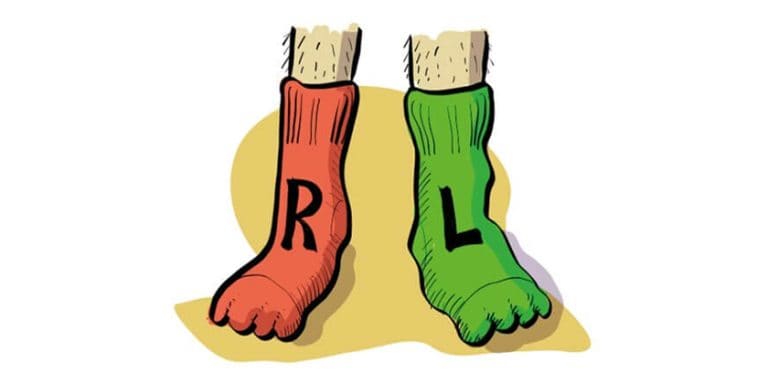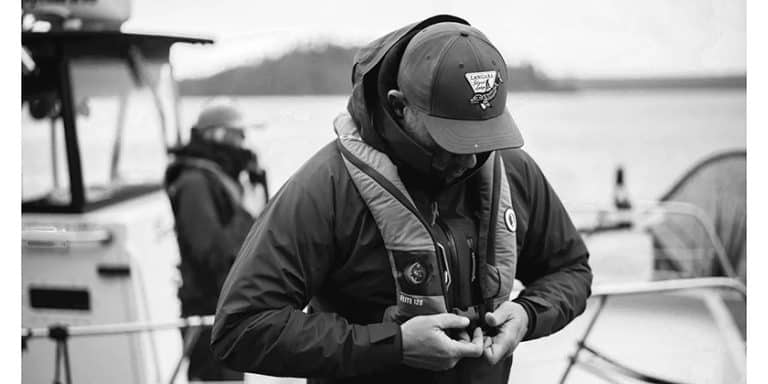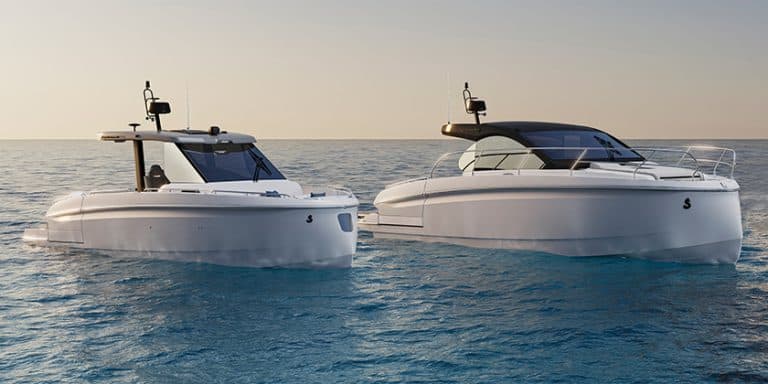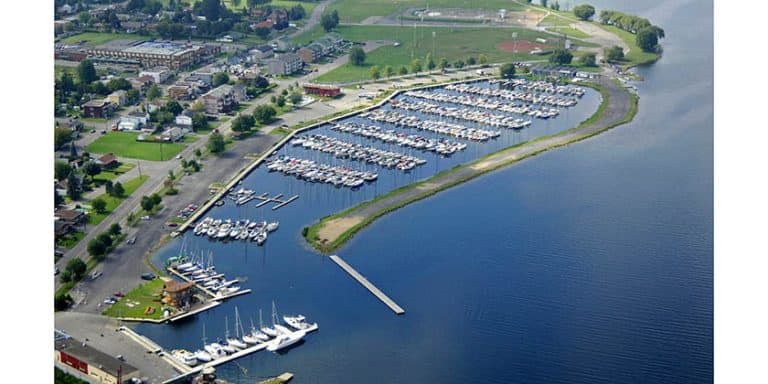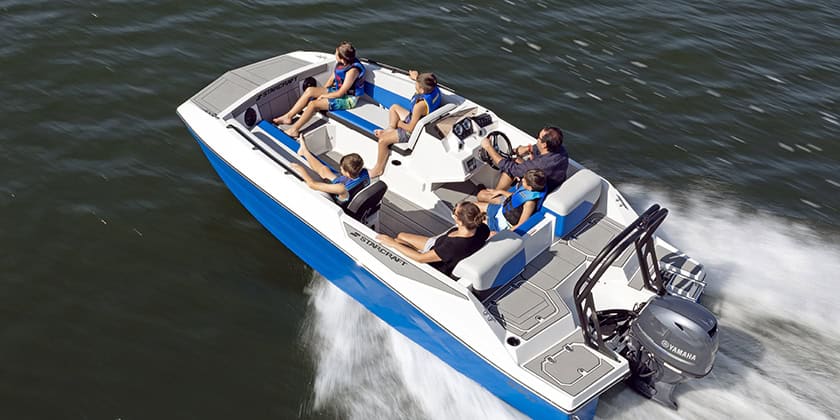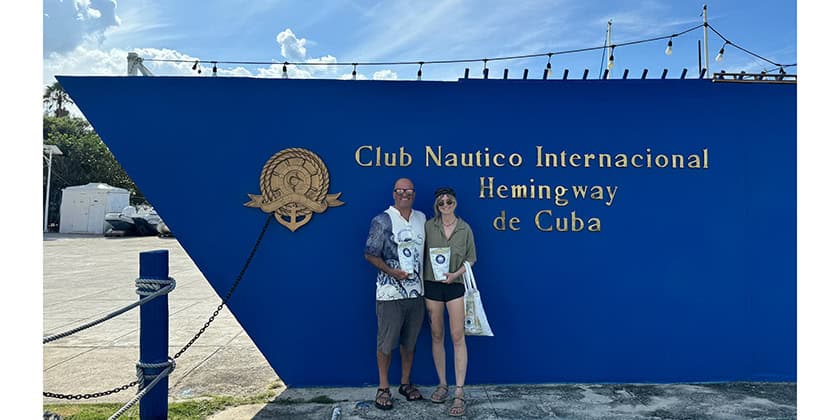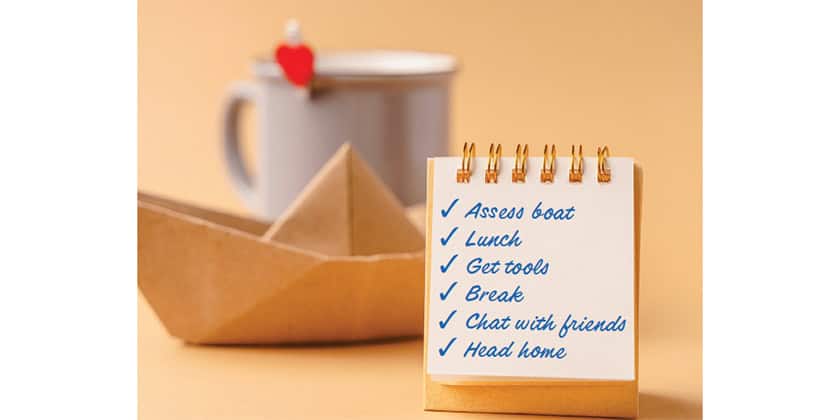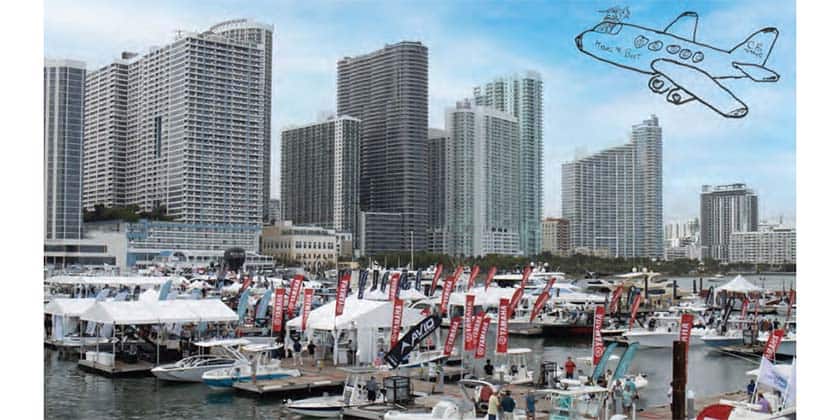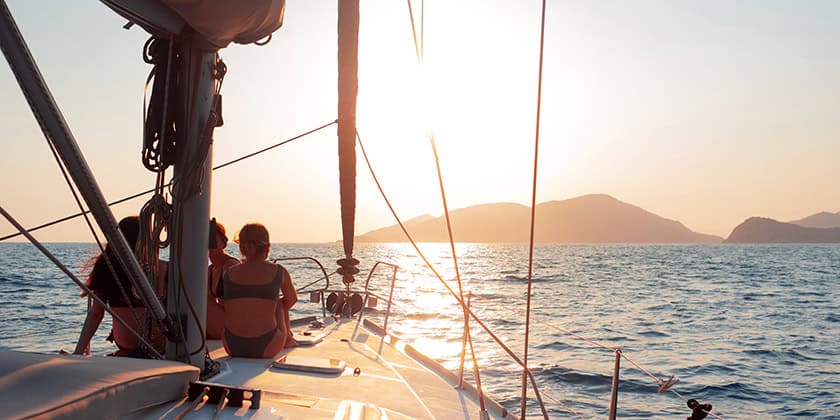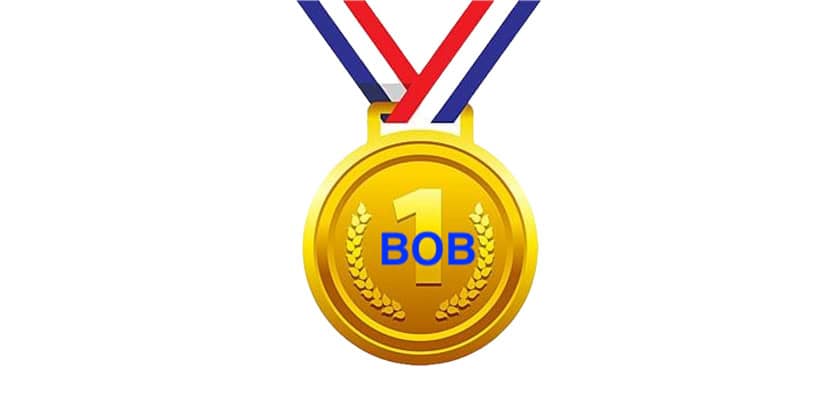Innovations: Environmental, robotic approach to racing marks
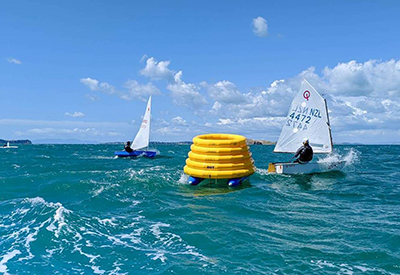
Dec 17, 2020
When Michigan native Kevin Morin created MarkSetBot, it was to improve the art of race management by using GPS and a smartphone to set the marks of the course. The innovation quickly demonstrated accuracy and proved to be especially beneficial in locations with challenging settings, such as deep water. More significantly, since the first prototype was deployed in 2014, the pioneering efforts by MarkSetBot have evolved to include a focus on sustainability.
An environmental impact study conducted by Earth to Ocean studied the impact of MarkSetBot on carbon savings, seabed damage, potential pollution, number of people benefiting from improved racing and number of days of improved sailing. In all scenarios modeled, substantial improvements were recognized. Earth to Ocean concluded that “MarkSetBot provides a non-invasive, low carbon solution to mark laying and should be considered as part of the environmental improvements to be taken on a racecourse.”
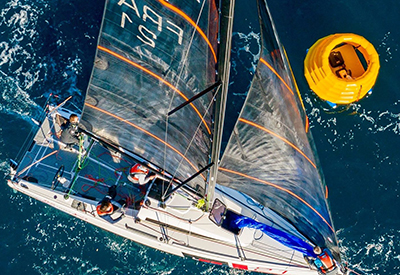 “Zero emissions from mark laying boats, zero damage to the seabed, and improved quality of racing for participants has been our goal from the start,” said Kevin Morin. “Being a finalist for this award says we’re on the right track.” The company’s October introduction of the world’s first fully automated racecourse operating system, RaceOS™, was another milestone achievement. “We believe eliminating anchored buoys and mark setting power boats is a significant sustainability improvement,” Morin continued. “However, our ultimate goal is the development of a fully autonomous racecourse with zero environmental impact.
“Zero emissions from mark laying boats, zero damage to the seabed, and improved quality of racing for participants has been our goal from the start,” said Kevin Morin. “Being a finalist for this award says we’re on the right track.” The company’s October introduction of the world’s first fully automated racecourse operating system, RaceOS™, was another milestone achievement. “We believe eliminating anchored buoys and mark setting power boats is a significant sustainability improvement,” Morin continued. “However, our ultimate goal is the development of a fully autonomous racecourse with zero environmental impact.


